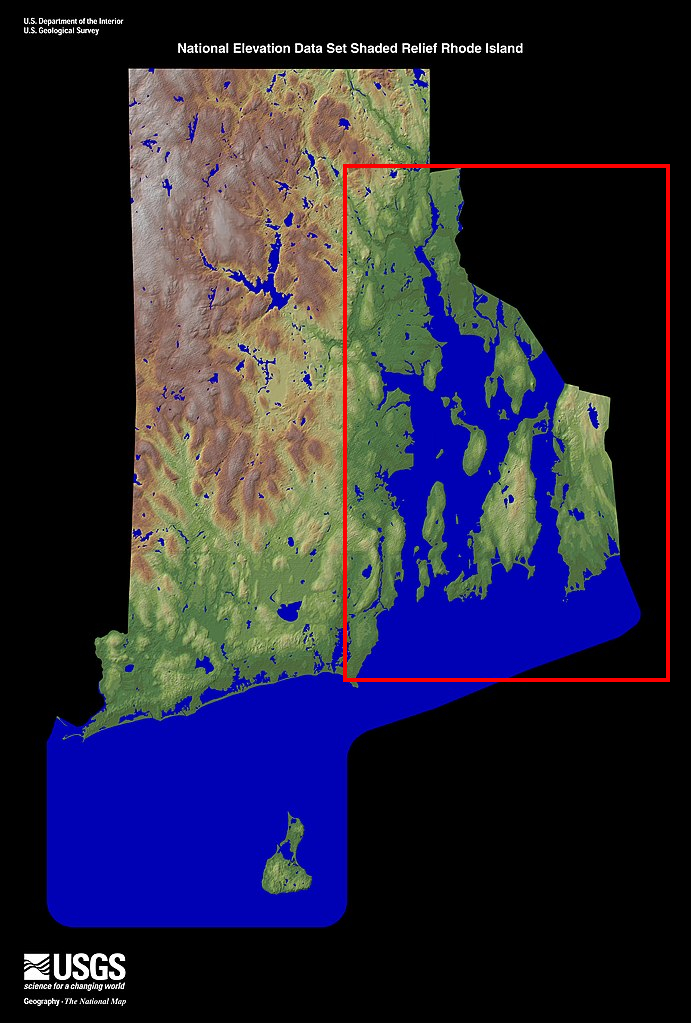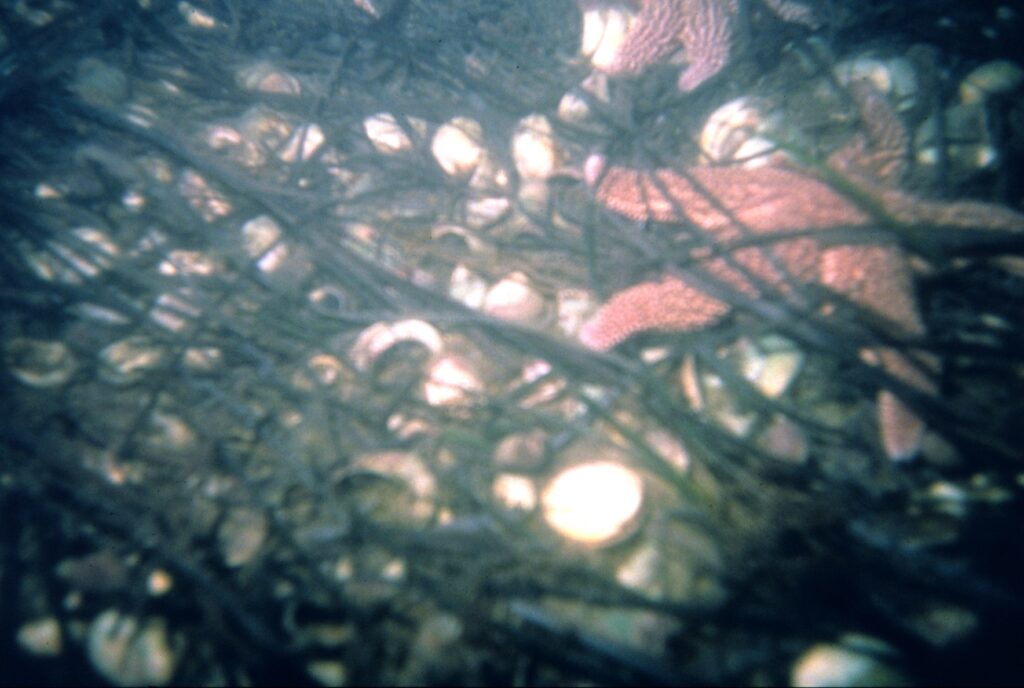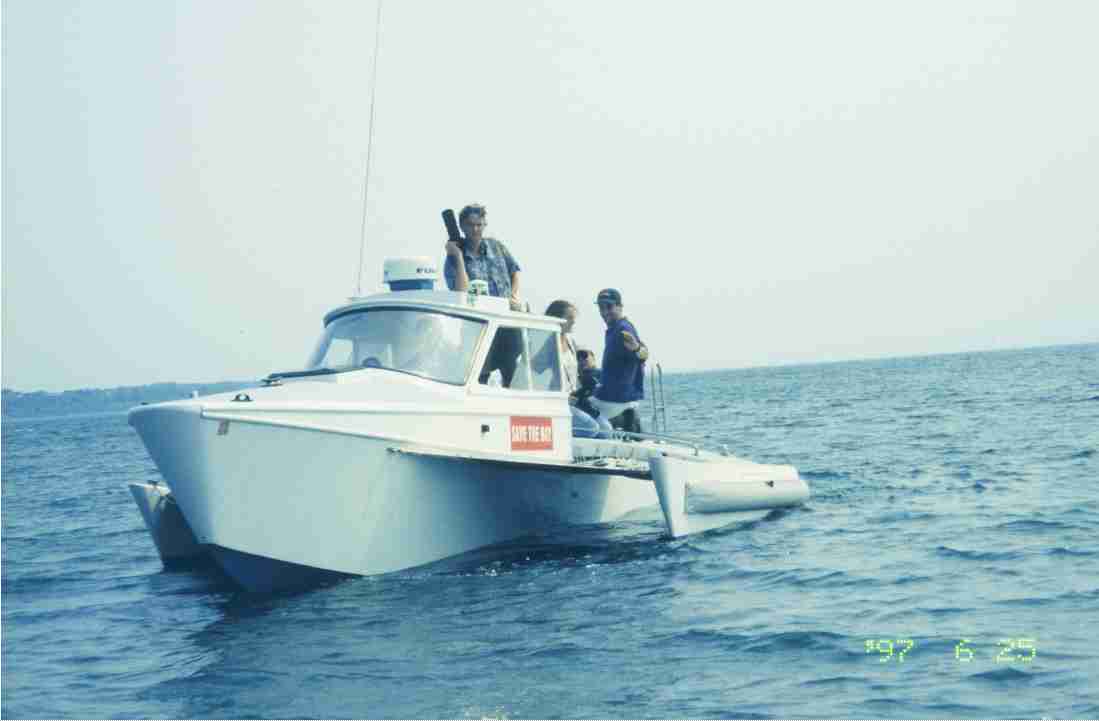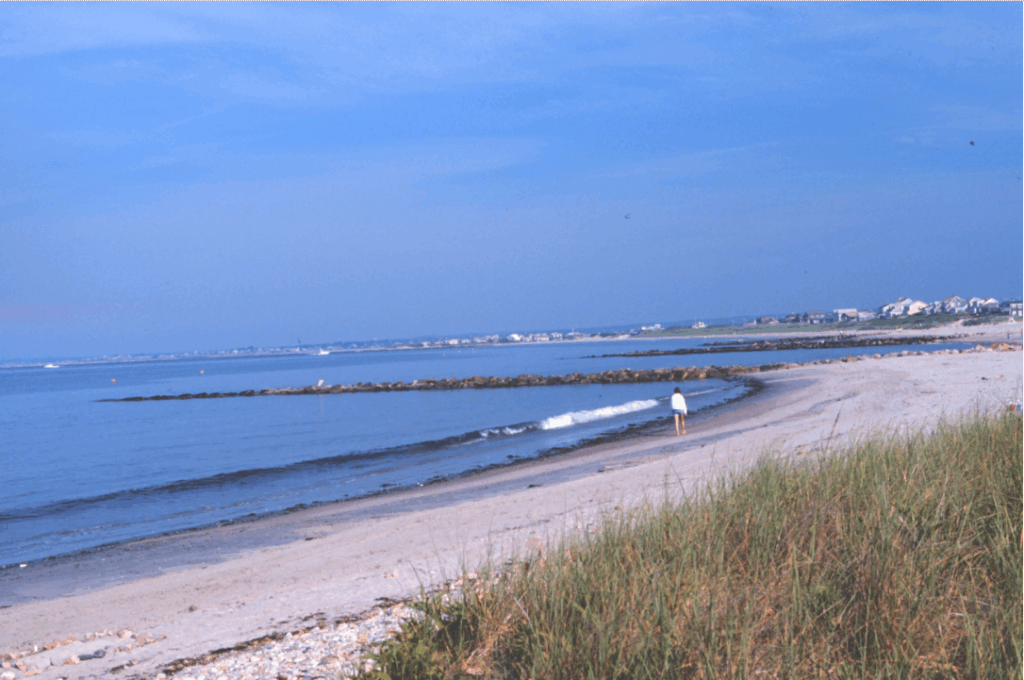
Rhode Island, the smallest state in the US. With a land area of only just over 1,000 squared miles you’d never expect the little Ocean state to make such a big impact. Despite its small size, Rhode Island has over 400 miles of coastline. A large portion of the state is occupied by the Narragansett Bay. As the largest estuary in all of New England, Narragansett Bay makes a name for itself by being one of the focal points of RI. With its scenic views, extraordinary diversity, stellar beaches, and thousands of exciting activities, its no wonder that millions of tourists flock to the bay every year. However, there’s something going on beneath the waves of the bay. Human actions have decreased the quality of the bay and Rhode Island sound for many different species. Sewage pollution from Providence, the states capital, one contained the waters. Sea level rise as result of increased carbon emissions have devastated eelgrass habitats, an essential ecosystem for many species. Coastal overdevelopment has prevented salt marshes and other essential estuary communities from migrating inland as the tide creep closer towards them. These are just a few of the issues that threaten Narragansett Bay, but luckily, there’s people to protect it.
Beginning in 1970, the people of Rhode Island decided they had had enough. Save the Bay began as a community of Rhode Islanders who wanted to see a change in the way the bay was treated. Their advocacy has turned Save the Bay from a small community to one of the most recognized nonprofit organizations in New England. Over the years Save the Bay has expanded their mission to many areas. Not only is the organization doing active restorations, but also much of their work is done through education and advocacy. One such example of this is the Hamilton Family Aquarium. Tucked into one of the most visited tourist areas of Rhode Island, the Save the Bay aquarium in Newport focuses on educating the general public about all the different organisms that live and use the bay daily. This unprecedented approach to environmental education and advocacy brings guests closer to the bay and gives them reason to care for it.

Exhibits at the aquarium include multiple touch tanks, interactive kiosks, and fresh, salt, and brackish water tanks. This variety of tanks is sure to strike at the heart for people. For those that often go fishing along the coasts of New England they’d likely recognize the Stripped Bass or the Atlantic Pollock in the Open Waters exhibit. For those that may live further inland they might see the terrapins and turtles are strikingly similar the ones they see in their backyard, and others might recognize the horseshoe crabs from the molts they find on their beach vacations. By doing this, Save the Bay is convincing their guests to show empathy for these creatures. By seeing these beautiful organisms in person, learning about them, and in some cases even getting to touch them at one of the three touch tanks, people resonate with them and have reason to want to protect them.
Even if a guest is not from Rhode Island, Save the Bay makes it apparent that these concepts and ideas can be applied in other places in the world. For example: Watersheds in New Jersey share many species with the Narragansett Bay watershed. By placing the aquarium in Newport, many tourists venture their way into the aquarium. By doing this Save the Bay is ensuring that all guests leave with new knowledge about the Bay and how they can do something too. No matter where a guest may be from, we all have ties to the coast and to watersheds. Even if Narragansett Bay is not in your backyard, individuals take what they learned at the aquarium and apply that to their daily lives. This effort by Save the Bay is an unexcepted yet accomplishing way to bring awareness to things like climate change, plastic pollution, and other anthropogenic issues that Narragansett Bay and similar ecosystems face. By using environmental education Save the Bay is taking the steps to a healthier watershed, bay, and ocean as a whole.
Featured Image: Save the Bay boat transports reports to an Eelgrass Restoration site in Narragansett Bay. (Image credit: NOAA)

